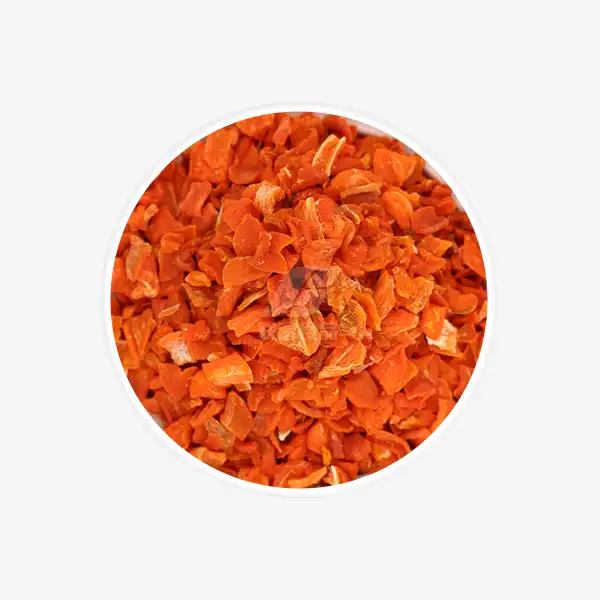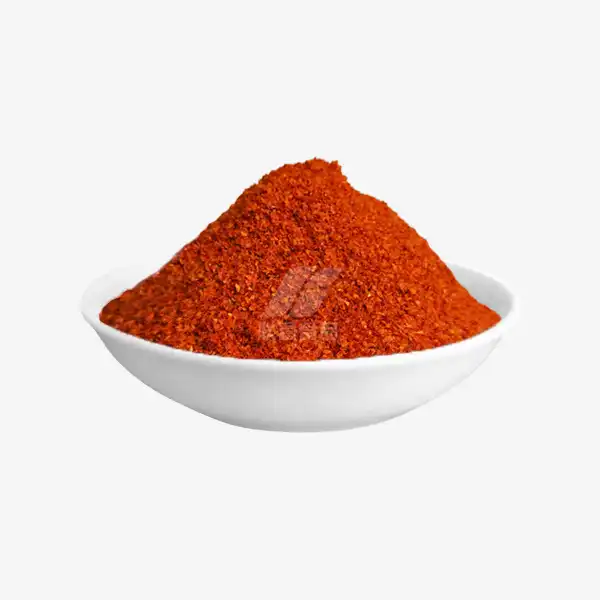Mastering the Art of Rehydrating Dehydrated Egg Granules
Dehydrated egg granules are a versatile and convenient ingredient that can be a game-changer in your kitchen. Whether you're an outdoor enthusiast, a prepper, or simply someone who likes to keep their pantry well-stocked, knowing how to properly rehydrate and use these egg granules is essential. In this comprehensive guide, we'll explore the ins and outs of working with dehydrated egg granules, helping you achieve perfect results every time.
Step-by-Step Guide to Rehydrating Dehydrated Egg Granules
Rehydrating dehydrated egg granules might seem daunting at first, but with the right technique, you'll be whipping up delicious egg-based dishes in no time. Here's a foolproof method to bring your egg granules back to life:
Measure Your Ingredients
The golden ratio for rehydrating egg granules is typically 1 part egg powder to 2 parts water. For example, to make the equivalent of one large egg, you'll need:
- 2 tablespoons of dehydrated egg granules
- 4 tablespoons (1/4 cup) of lukewarm water
Combine and Whisk
In a bowl, combine your measured egg granules and water. Using a fork or small whisk, blend the mixture vigorously for about 1-2 minutes. This step is crucial for breaking down any clumps and ensuring a smooth consistency.
Let It Rest
Allow the mixture to sit for 5-10 minutes. This resting period gives the granules time to fully absorb the water and reach an optimal texture.
Final Whisk
After resting, give the mixture another quick whisk. At this point, your rehydrated eggs should closely resemble fresh beaten eggs in both consistency and color.
Use as Desired
Your rehydrated egg granules are now ready to use! You can scramble them, use them in baking, or incorporate them into any recipe that calls for eggs.
Remember, the texture of rehydrated eggs might be slightly different from fresh eggs, but the nutritional value and functionality remain largely intact.
Common Mistakes to Avoid When Using Dehydrated Egg Granules
While rehydrating egg granules is a straightforward process, there are some pitfalls to be aware of. Avoiding these common mistakes will help you achieve the best results:
Using Cold Water
Cold water can lead to clumping and uneven rehydration. Always use lukewarm water for optimal results. The warmth helps the granules dissolve more efficiently, resulting in a smoother texture.
Inadequate Mixing
Insufficient mixing can leave you with a lumpy mixture. Take the time to whisk thoroughly, ensuring all granules are fully incorporated into the water.
Skipping the Resting Period
The resting period is crucial for complete rehydration. Skipping this step can result in a grainy texture and subpar performance in recipes.
Incorrect Ratio
Using too much or too little water can significantly affect the final product. Stick to the recommended 1:2 ratio of egg granules to water for best results.
Expecting Identical Results to Fresh Eggs
While dehydrated egg granules are an excellent substitute, they may not behave exactly like fresh eggs in all applications. Be prepared for slight differences in texture and behavior, especially in dishes where eggs play a starring role.
Improper Storage
Once opened, dehydrated egg granules can absorb moisture from the air, affecting their quality and shelf life. Always store them in an airtight container in a cool, dry place.
Best Uses and Recipes for Rehydrated Egg Granules
Rehydrated egg granules are incredibly versatile and can be used in a wide array of culinary applications. Here are some top uses and recipes to get you started:
Breakfast Scramble
Rehydrated eggs make for a quick and easy breakfast scramble. Simply rehydrate your desired amount of egg granules, then cook them in a pan with a bit of oil or butter. Add your favorite vegetables, cheese, or meat for a hearty morning meal.
Baking
Dehydrated egg granules work wonderfully in most baking recipes. Use them in cakes, cookies, muffins, and bread. They're particularly useful when you need just a small amount of egg, eliminating waste.
Egg Wash
Rehydrated egg granules make an excellent egg wash for pastries and breads. Brush onto your baked goods before baking for a beautiful golden sheen.
Binding Agent
Use rehydrated egg granules as a binding agent in meatloaf, veggie burgers, or croquettes. They help hold ingredients together just like fresh eggs.
Frittatas and Quiches
These egg-based dishes are perfect for utilizing rehydrated egg granules. Mix your rehydrated eggs with vegetables, cheese, and meats for a delicious and filling meal.
Recipe: Campfire Omelette
This easy recipe is perfect for camping trips or when you need a quick meal with minimal ingredients:
- 4 tablespoons dehydrated egg granules
- 1/2 cup lukewarm water
- 1/4 cup freeze-dried vegetables (peppers, onions, etc.)
- 2 tablespoons powdered cheese
- Salt and pepper to taste
Instructions:
- Rehydrate the egg granules with water as per the earlier instructions.
- In a separate container, rehydrate the freeze-dried vegetables with a small amount of water.
- Mix the rehydrated eggs, vegetables, and powdered cheese in a bowl. Season with salt and pepper.
- Pour the mixture into a well-oiled pan over medium heat (or campfire).
- Cook until set, folding once if desired.
This versatile recipe can be adapted with different vegetables, spices, or even dehydrated meats for endless variety.
Recipe: Emergency Preparedness Pancakes
These pancakes are a great option for using shelf-stable ingredients:
- 1 cup all-purpose flour
- 2 tablespoons sugar
- 2 teaspoons baking powder
- 1/4 teaspoon salt
- 2 tablespoons dehydrated egg granules
- 1 cup water
- 2 tablespoons oil
Instructions:
- Mix all dry ingredients, including the egg granules, in a bowl.
- Add water and oil, stirring until just combined. Let the batter rest for 5 minutes.
- Heat a griddle or pan over medium heat.
- Pour 1/4 cup of batter for each pancake.
- Cook until bubbles form on the surface, then flip and cook the other side until golden brown.
These pancakes are a comforting and familiar meal that can be made entirely from pantry staples.
Conclusion
Mastering the art of rehydrating dehydrated egg granules opens up a world of culinary possibilities. Whether you're preparing for emergencies, camping in the great outdoors, or simply looking for a convenient egg alternative, these versatile granules have got you covered. By following the steps and tips outlined in this guide, you'll be well-equipped to make the most of this fantastic ingredient.
Remember, practice makes perfect. Don't be discouraged if your first attempts aren't flawless – with time, you'll develop a feel for working with dehydrated egg granules that will rival your expertise with fresh eggs.
For more information on our high-quality dehydrated egg granules and other dehydrated food products, please don't hesitate to reach out to us at qingzhengliu@jslianfu.com. We're always happy to answer questions and provide support to ensure you get the best results from our products.
References
1. Johnson, E. (2023). The Ultimate Guide to Dehydrated Foods. Survival Pantry Press.
2. Smith, A. (2022). Emergency Preparedness Cooking: Making the Most of Shelf-Stable Ingredients. Prepper's Kitchen Publications.
3. Brown, C. (2021). Camping Cuisine: Gourmet Meals with Minimal Ingredients. Outdoor Enthusiast Books.
4. Davis, M. (2023). The Science of Food Preservation: Understanding Dehydration Techniques. Food Technology Institute.
5. Wilson, R. (2022). From Powder to Plate: Mastering Rehydration Techniques for Dehydrated Foods. Culinary Arts Press.

_1729843393550.webp)









